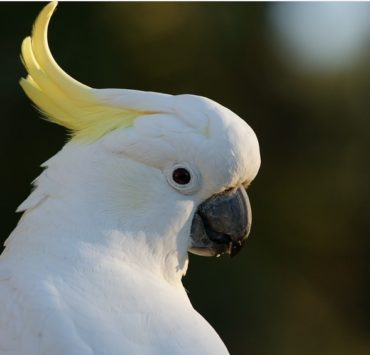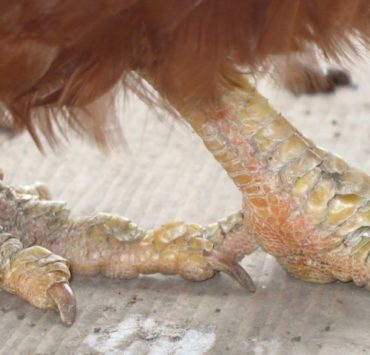
We bet some of you are already itchy at the thought of feather mites. The good news is – they’re generally found in poultry, although they can bite humans if they’re sufficiently motivated. That’s not what this article is about, though.
Once warmer weather sets in, chicken mites can become a real nuisance to you and your flock. They can even get in the way of egg production.
Here, we explore how mites affect your chickens, as well as some foolproof techniques you can use to get rid of them. Let’s begin, shall we?
What Are Mites
Mites are microscopic parasites that live on chickens, turkeys, and other types of fowl. They belong to the arthropod family of organisms and are related to ticks. They look like insects but don’t have eyes or wings.
Some feed on stored grain, while others attach themselves to hosts and feed on their blood. Some feed on decaying matter, while other predatory species feed on other mites.
What Do Mites Look Like
They are usually light gray and measure around 1mm in length. Most are either gray or brownish, although some species like chicken mites become red when full of blood.
You’ll notice them more in wet and warm weather, although they also thrive in colder climates.
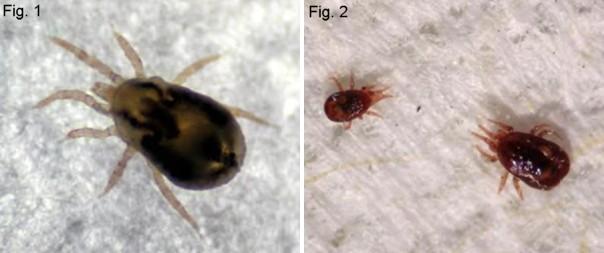
Fig. 2: Nymph (left) and adult chicken mite
(Photo credit: University of Kentucky College of Agriculture)
They are super tiny, so it’s hard to see them. However, if you look hard enough, you’ll be able to spot them in structural crevices or near nests, which is a clear sign that you have a mite infestation on your hands.
Types of Bird Mites
Although chicken mites and feather mites might sound like the same thing, they’re not. There are several different types of poultry mites. Here’s an overview of the two most common ones you might come across.
Chicken Mites
Also known as Dermanyssus gallinae or poultry mites,these little bloodsucking pests live on chickens and are mainly nocturnal feeders. They leave the host and hide in cracks and crevices within the chicken coop, on roosts, and under manure during the day. That’s where they lay their eggs.
Their one-week lifecycle means that their populations grow rapidly, and a chicken coop can remain infested for up to six months after removing the birds. Although they need to suck on the blood of chicken to live, they can go for surprisingly long periods without it.
Chicken Mites Symptoms
Chicken behavior can signal an infestation. If you notice changes in their appetite, ragged-looking feathers, scabs on their skin, redness or inflammation, bald spots, feather-pulling, or decreased egg production, these all point to a mite infestation problem.
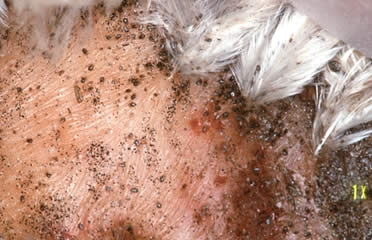
(Photo credit: Merck Vet Manual)
You might also notice a reluctance to go into the coop at night. If you regularly interact with your birds, you may feel an itching sensation as well, which may also indicate the presence of bird mites.
Chicken Mite Treatment
Elector PSP is quite effective in getting rid of chicken mites. Its active ingredient is spinosad, which is a soil bacterium that’s highly toxic to insects.
All you have to do is dilute 9ml of Elector in a gallon of water and spray down all your chickens. Displace the feathers with your hands to ensure the solution gets to every surface of the chicken’s skin.
Once all your birds are treated, remove and dispose of the bedding from the coop, and use the solution to spray the entire area. For a severe case of infestation, repeat the process once more after seven days.
Feather and Quill Mites
If you’ve found yourself asking – Why is my chicken losing feathers all of a sudden? It is likely because it has feather mites.
These belong to the Proctophyllodidae, Pterolichidae, and Analgidae families. As their name suggests, these mainly feed on feather oils, skin scales, fungi, and debris.
On the other hand, Quill mites belong to the Gaudoglyphidae and Syringophilidae families and feed on quill fluid and tissue. They do this by piecing the calamus wall, which is the cavity of a bird’s feather.
Feather Mites Symptoms
Although feather mites cause less economic damage compared to their chicken mite counterparts, you may notice a marked reduction in egg production due to malnutrition. You’ll also notice dermatitis – a skin irritation that causes dry, itchy, and reddened skin – and feather loss.
Feather Mites Treatment
Although there are many natural remedies for dealing with a mite problem, they’re not effective in dealing with a full-blown infestation. Permethrin is by far the best treatment for feather mites.
It has a low toxicity level compared to other chemicals, whose use on poultry has been banned. Permethrin comes in two forms – as a liquid concentrate or in powder form. Here’s how to get rid of feather mites on chicken.
1. Using the Liquid Concentrate
If you’re using the concentrate, follow the instructions that come with the bottle and mix a generous amount of it in a bucket. Then, fill up your spray bottle with the solution and spray down all your chickens.
Ensure you displace the feathers with your hands and spray the shafts behind the neck, underneath the wings, and around the vent. Finish them off with a final mist for good measure.
Do this for every bird in your flock. If you’re dealing with a severe mite infestation, consider using a Permethrin Dip by diluting the concentrate in a tub of water. Then, quickly dip your birds in it up to their neck level.
2. Using the Powder
If you’re using the powder form of Permethrin, dust the entire bird while paying special attention to the feather shafts behind the neck, underneath the wings, and around the vent.
Be sure to clean the entire coop thoroughly using a solution of the liquid version of the concentrate and get rid of all bedding and nests. Repeat the process every 5-7 days for three weeks.
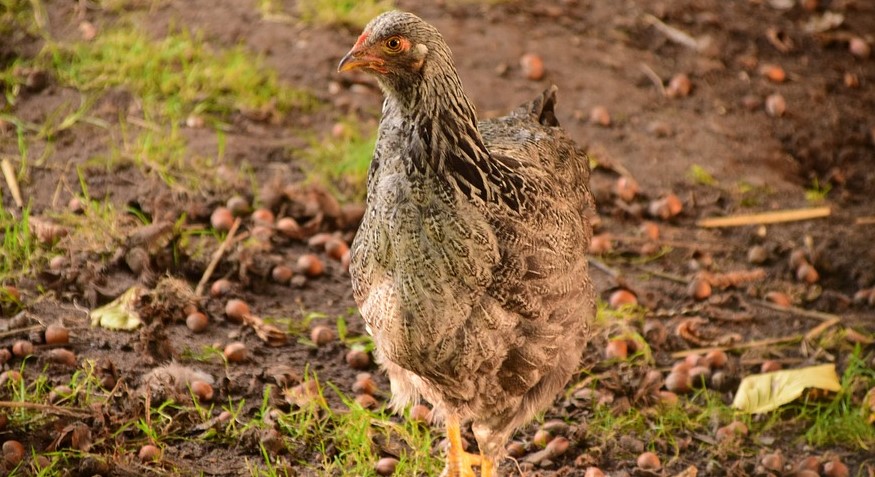
Keep Your Chickens Happy and Healthy
A mite infestation can be annoying. However, with good biosecurity practices, you can get rid of mites and prevent potential infestations in the future. Use the tips we’ve detailed in this guide to keep your flock happy and healthy.
For more information on bird health, use our online Vet Chat to talk to any of our qualified avian veterinarians today.

